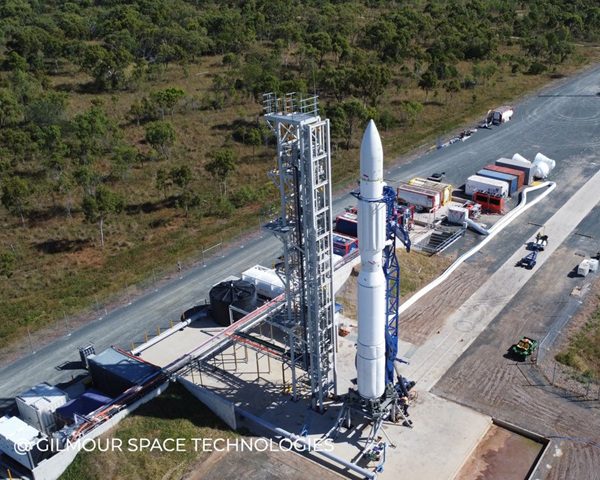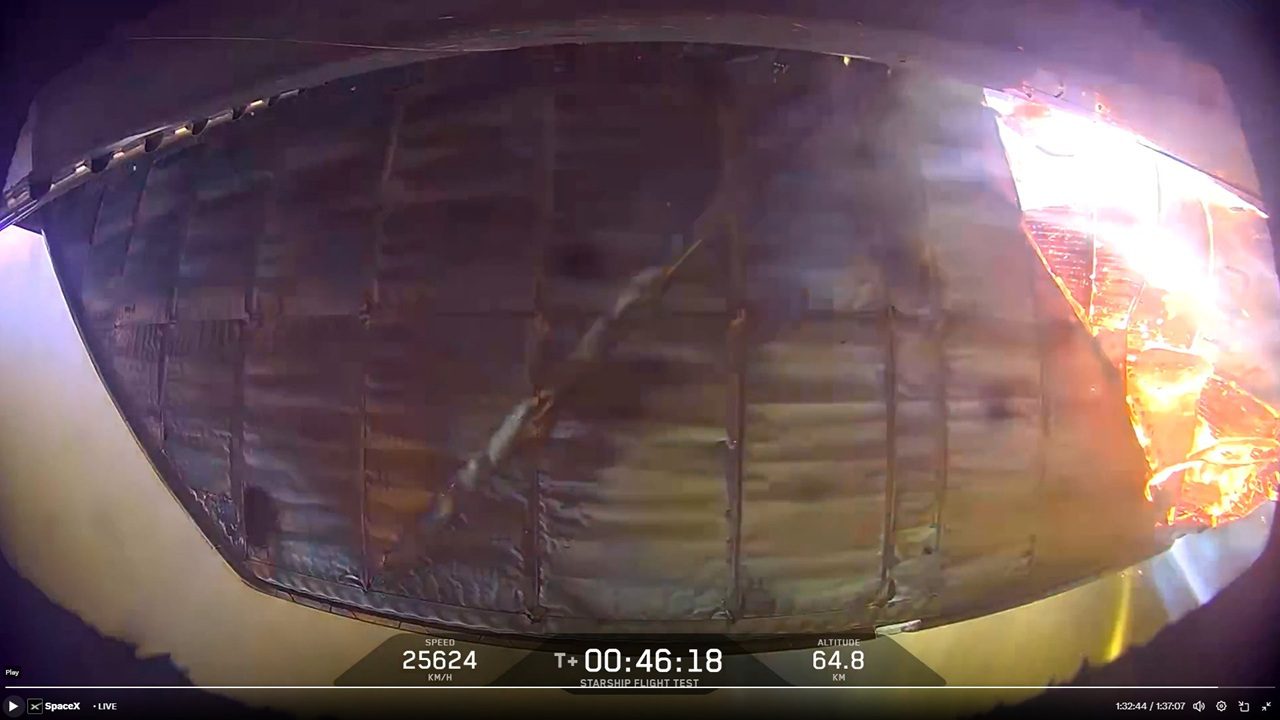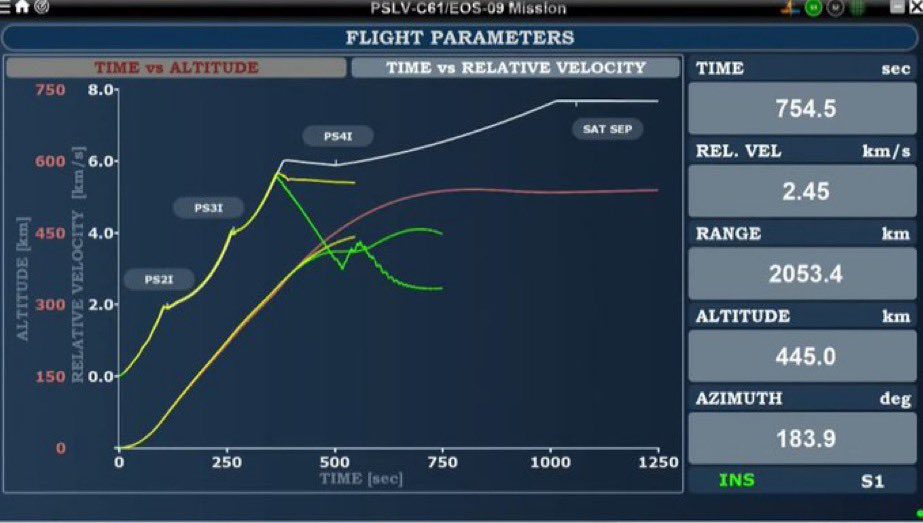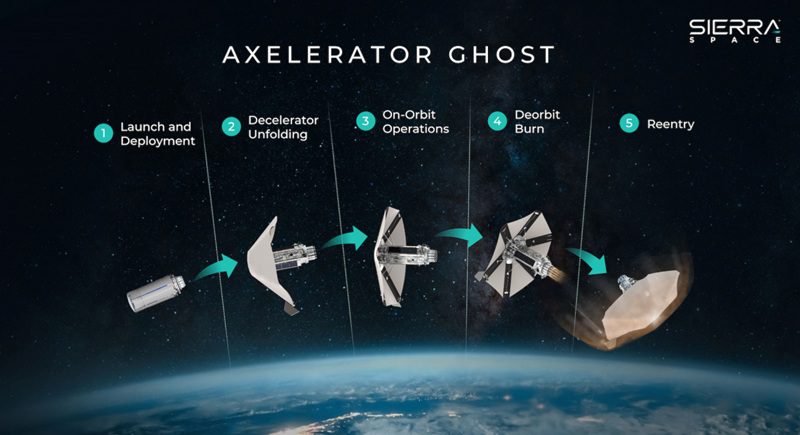On Friday 14 December in London Flight got to talk to NASA administrator Michael Griffin on camera about a wide range of subjects
Unfortunately due to technical problems with the sound we have been unable to post the interview video. But in this blog entry I can provide key information from the meeting and provide details of what Griffin said at the two events he spoke at (beyond his speeches that NASA posts) in London on Thursday 13th and Friday 14th of December, at the Royal Aeronautical Society and the Royal Astronomical Society (go here for future postings of the recorded webcast), respectively

Above: A still from the video interview showing Griffin speaking to Flight technical reporter Rob Coppinger (out of view) at a hotel meeting room in central London on 14 DecemberOn NASA’s Commercial Orbital Transportation Services (COTS) demonstration programme I asked Griffin about his “confidence level” for COTS, as he had used that phrase when telling the US Congress that he had a 65% confidence level for a March 2015 first manned flight for the Orion crew exploration vehicle (CEV) and its Ares I crew launch vehicle (CLV) booster. He said: “I have a pretty good confidence we will have one [COTS] winner.”
As the FY2008 NASA budget had not been approved by 14 December I asked him about his confidence level for Orion’s first manned flight date if FY2008 wasn’t approved for some time to come and he said: “we don’t know yet what funds Congress will appropriate. We will remain with the 65% confidence level. We will adjust the date to the funding that is available.”
I am writing an article about the appropriated FY2008 NASA budget and will comment on the budget outcome later this week
What was slightly odd about the interview was Griffin’s assertion that the Orion CEV Block 1 was “designed to go to the Moon”. I had put it to Griffin that with a 2015 and possibly 2016 entry into service for Orion and a planned end of ISS operations in 2016, wasn’t there little point in developing the ISS mission Block 1 version of Orion and why not move straight to the lunar return Block 2?
I have checked back with the original NASA procurement information and there are three clear versions, the Block 1A for International Space Station (ISS) crew transport, the 1B for ISS cargo delivery and the Block 2 for the Moon
It is true that NASA would provide the docking system and would lead thermal protection system (TPS) development (in December 2006 I had a slightly confused conversation with Lockheed Martin about the TPS and who is actually providing it and when does the prime contractor take “ownership” of it; but let’s just say NASA’s doing it for now), the idea being that for the ISS and lunar return versions you would have different TPS and docking systems; as ISS uses the Russian APAS – so in theory the Orion’s Crew Module (CM) and Service Module (SM) in themselves differ little from mission to mission. It’s the bits you bolt onto them that make the difference
Yet while on the CM side there have been statements that there will be few differences between Blocks 1A and 2, with software and I think, the addition of star trackers for Block 2 being examples, it seems to me that more substantial changes to the CM, and the SM, would be seen if ISS and lunar mission requirements were followed very closely, as the differences between them include;
different orbital planes and altitudes the SM has to boost Orion to for ISS and Earth departure stage rendezvous
life support systems and consumables for six people over a day or two to reach ISS (and two more to return to Earth) instead of four people flying for up to 4.5-days or more before landing on the Moon
spacecraft energy and other consumables needs, to reach ISS in two days where it can recieve some power from the station for six months, against a Moon mission that could see several days loitering in low Earth orbit before docking with the Altair Lunar Lander to which CEV will provide power for most of the trip to the Moon, and then Orion sits in low lunar orbit for six months before flying back
avionics radiation hardening for six to seven month operations in low lunar orbit compared to six month operations docked to the ISS within the Earth’s protective magnetic fields
I personally think that NASA, especially under a Democratic party US president, will extend ISS use to 2020. It is what the ISS international partners want and it resolves this issue of whether you have a Block 1 or 2. But a Democrat president would probably also put on hold or substantially delay the Moon mission plans potentially bringing about changes to CEV as NASA opts for a less capable ISS-only Orion
Griffin wouldn’t be drawn on whether the agency would continue station beyond 2016. He said: “We put in five year budget cycles. Its premature [to make a decision about the ISS]. It is not a question for this administration. It would be presumptive on my part to comment on what my successor’s successor will do in 2016.”
I also asked Griffin, “as Werner von Braun was famously against launching people on solid rocket motors, what has convinced you that the Ares I first-stage would work?”.
He said: “I was famously against it as well for many years, because, though we see some undesirable characteristics for human transportation…[it] does not mean that they can’t be overcome and I think…with 180 uses, in a row, of that hardware, with no failures and no significant anomlalies..I am convinced by the data”.
When Griffin spoke after the Flight interview later that day at the Royal Astronomical Society event (the meeting was actually held at the nearby Geological Society’s lecture theatre), in answer to questions he said;
On the potential for commercial crew and cargo spaceflight – “I will have to see an accomplishment or three, over to you commercial spaceflight sector, I need to see some success”
On the potential for future spaceflight disasters – “there are other mistakes waiting for us out there”
When Griffin spoke the day before at the Royal Aeronautical Society, in answer to questions he said;
On the future in general – “It is my hope that in the next two decades we will have been to the Moon and be on our way to Mars and have environmentally friendly aircraft here on Earth”
On international participation for Moon exploration – “My nation seeks partnerships. Once we have re-developed our space transportation system our budgets will be exhausted. We need collaboration [for a Moonbase]. Frankly spaceflight is barely possible, enterprises are few, difficult and led by large nations”
On COTS – “COTS is a venture capital like approach for commercial space”
And finally, on ITAR he thought it should be modified to ensure it isn’t detrimental to US firms competitiveness







